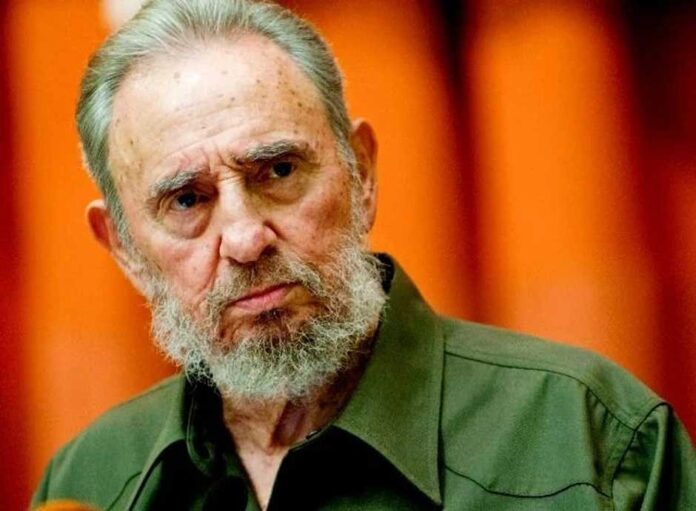A Legacy in the Shadows
Manuel Castro Argota, a less-known figure in the Castro family, played a significant role in Cuba’s political history as the brother of Fidel Castro. His life story weaves into the nation’s revolutionary past, offering a nuanced understanding beyond Fidel’s spotlight.
Roots of Revolution: The circle of relatives of Manuel Castro Argota
The Castro family’s roots in the political panorama of Cuba hint lower back to Ángel Castro y Argiz, Manuel’s father. A navy discerned during the second Cuban War of Independence, Ángel’s impact on his youngsters, along with Fidel and Manuel, paved the way for his involvement in the Cuban political revolution.
Manuel, born in 1913, became the eldest son, but his lifestyle tragically reduced quickly at just 12 months vintage
Ángel’s remarriage to Lina Ruz Gonzalez expanded the Castro family, adding three daughters and four sons. Among them was Fidel Alejandro Castro Ruz, born in 1926, destined to become a key figure in Cuba’s political history.
Fidel’s childhood and training
Fidel’s upbringing in Birán, Cuba, below the watchful eye of his father, Ángel Castro, a rich sugarcane farmer, marked the beginnings of a superb journey. No matter his privileged historical past, Fidel’s access to the University of Havana in 1945 marked a turning point. His engagement in scholarly politics and critique of the Cuban government showcased his early inclination closer to progressive ideals.
In 1950, Fidel graduated with a law degree, and his discontent with the corrupt government led to political activism. Arrested in 1947, it signaled the beginning of his tumultuous ties with the ruling regime, leading to his attempt to overthrow Fulgencio Batista’s government in 1953.
The upward push to power: Fidel’s Political profession
Fidel’s resilience continued even after a 15-year imprisonment. Launched in 1955, he sought shelter in Mexico before returning to Cuba in 1956 with a collection of rebels, including his brother Raúl Castro, to assignment Batista’s regime. The guerrilla war that ensued gained popular guidance, mainly to Fidel assuming the position of high Minister in 1959.
For the duration of his rule, Fidel carried out socialist reforms, nationalizing industries, and establishing ties with the Soviet Union.
Fidel’s Legacy and Transition
In 2006, Fidel’s health declined, prompting a transient handover of energy to his brother Raúl Castro. Formally resigning as President of Cuba in 2008, Fidel Castro left a complicated legacy. Despite economic growth, social improvements, and resistance against imperial powers, criticism of authoritarianism and human rights violations persisted in his government.
Understanding Fidel’s legacy, it’s miles vital to well known the multifaceted impact he had on Cuba and its humans.
In end
Manuel Castro Argota’s short existence and Fidel Castro’s towering presence collectively compose a nuanced bankruptcy in Cuban records. As we delve into the intricacies of their lives, we benefit from insight into the broader forces that shaped a state. Beyond the headlines, the Castro family’s journey encompasses tragedy, resilience, and the complexities of revolution.
You’ll Also Enjoy:
• Julien Lockhart Miles: Personal Life and Net Worth
• Jair Bobbitt: Meet the Nephew of Serena Williams




